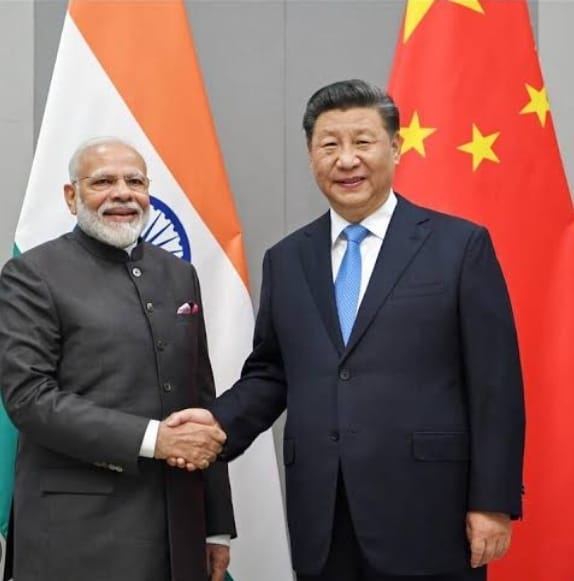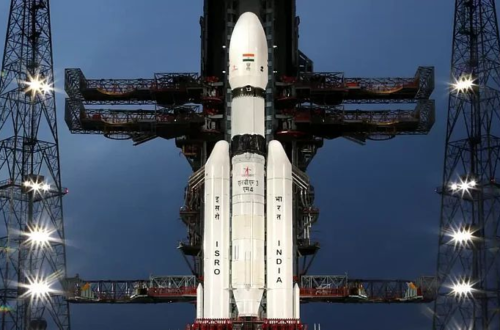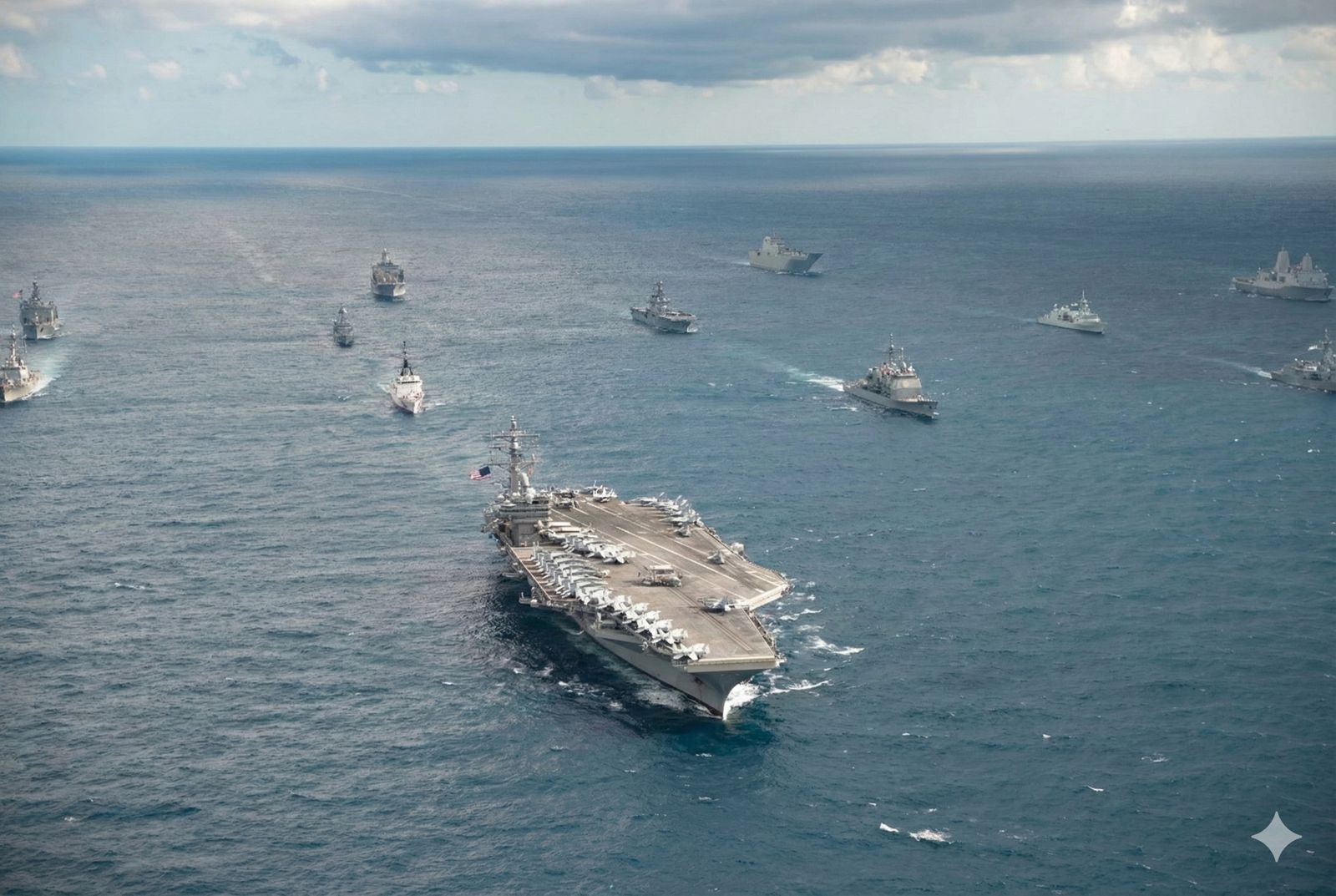
Part 1: China’s Strategic Land Grabbing and Border Disputes

China’s aggressive land grabbing tactics, often referred to as “salami slicing,” have been a cause of concern for its neighbors. From the South China Sea to the Himalayan frontier, China has been involved in numerous territorial disputes. One of the most prominent is the border conflict with India.
In Ladakh, Doklam, and Tawang regions, China has engaged in incursions and encroachments, triggering tensions with India. These regions hold strategic significance due to their proximity to vital trade routes and military installations. The Doklam standoff in 2017 highlighted the precarious nature of the Indo-China border, where a small strip of land can escalate into a major conflict.
The Sikkim-Bhutan-China trijunction, often referred to as “the chicken neck,” is a narrow corridor connecting India’s northeast to the mainland. This vulnerable area is strategically important, and any aggression or encroachment by China could sever India’s access to its northeastern states, posing a significant threat to its security.
Part 2: The Ongoing Standoff: India’s Strategic Advantage


Since 2020, the India-China standoff has persisted, with both sides ramping up deployments along the border. India’s fully volunteer army, renowned for its experience in mountain warfare, poses a formidable challenge to China’s mainly conscript army. The difficult terrain further favors India, making it challenging for China to maintain a mirror deployment.
This standoff has forced India to balance its troop deployments between its western and eastern borders, posing logistical challenges. Deployments of RR troops in Eastern sector has been linked to a temporary shortage in manpower for CI ops in Kashmir Valley, which is said to have emboldened insurgents and their Pak based handlers. Kashmir insurgency nearly on its last legs in recent times got a breathing space due to the standoff and Pak has left no stones unturned to take advantage of that.
Similarly, China faces a dilemma in deploying troops against India instead of focusing on other strategic objectives, such as Taiwan.
Due to the nature of mountain warfare, China has to deploy its light armor brigades (consisting of light tanks and IFV/IMV) earmarked for rapid deployment via air lift or sea lift supplementing marine operations (Especially Taiwan centric). China also has to allocate a big chunk of its artillery, both howitzers and MLRS on its western border which they could have used against Taiwan or US in the SCS, in an event of a military showdown. Further this deployment degrades both man and material as maintaining the health of both is a costly affair in mountains, especially for China as for many years its doctrine depended on fixed postings and minimal to no rotation between different regions of its troops.
Hence PLA troops of the plains and seashore are not as suited for mountain warfare as Indian Army troops due to regular rotation keeping Indian Army troops more fit for all terrain warfare and imparts invaluable experience in terms of operations and upkeep of equipment in harsh conditions.
Part 3: India’s Patient Approach and China’s Dilemma

Despite the tensions, India has adopted a measured and patient approach to the standoff. While deploying additional troops and implementing restrictions on Chinese companies for security reasons, India has refrained from imposing broad sanctions on China. Surprisingly, trade between the two nations has flourished, with China maintaining a significant trade surplus.
But through its aggressive border policies and dubious nature regarding disputes, China can even put a collective BRICS effort towards an alternative system to Dollar and SWIFT monopoly in jeopardy. Who can work with and trust fully a nation who wants to grab lands of its own “ally”. By beating the drums of war now and then all along its neighborhood China is only weakening collective BRICS and its own global standing, especially in Asia.

Bullying smaller nations like Philippines like a few days ago in the seas don’t paint a very friendly picture of China among potential partners. This thing may also backfire in Africa and South America. Not long-ago China had also laid claims to a region of Kazakhstan. This immature behavior could be disastrous for not only China but whole BRICS initiative.
Chinese President Xi Jinping faces a political and strategic dilemma in resolving the standoff without losing face. After years of aggressive posturing, resolving the dispute through negotiations would raise questions about China’s policy assessments and souring relations with its neighbor and BRICS ally. The fear of appearing seemingly weak on the international stage complicates Xi’s decision-making process, prolonging the standoff and increasing regional tensions. But Xi will have to show courage to embrace peaceful ways of solving borders and maritime disputes with not only India but all its neighbors. It will only cement China’s global standing on fairplay and cooperation points against western block’s perceived intervention model, an image China wants to project itself. But will Jinping administration be able to perform that is anybody’s guess.
As far as India is concerned, Modi govt has already showed immense patience and cooperative nature in this regard despite huge provocations from Chinese side.
In conclusion, the India-China border standoff is a complex geopolitical issue with far-reaching implications. Understanding the strategic dynamics and historical context is essential in navigating towards a peaceful resolution.



